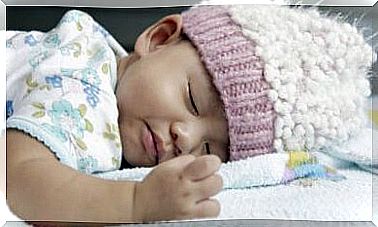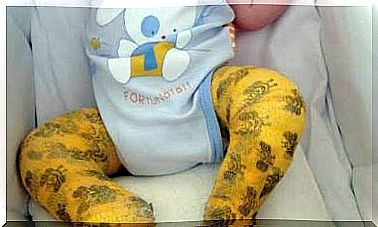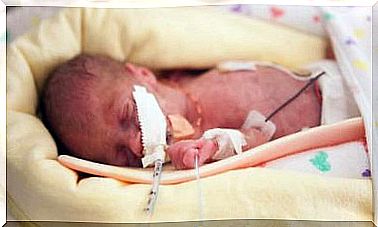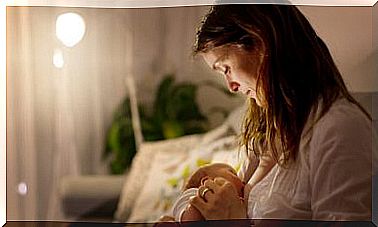Multisensory Stimulation Spaces At Home
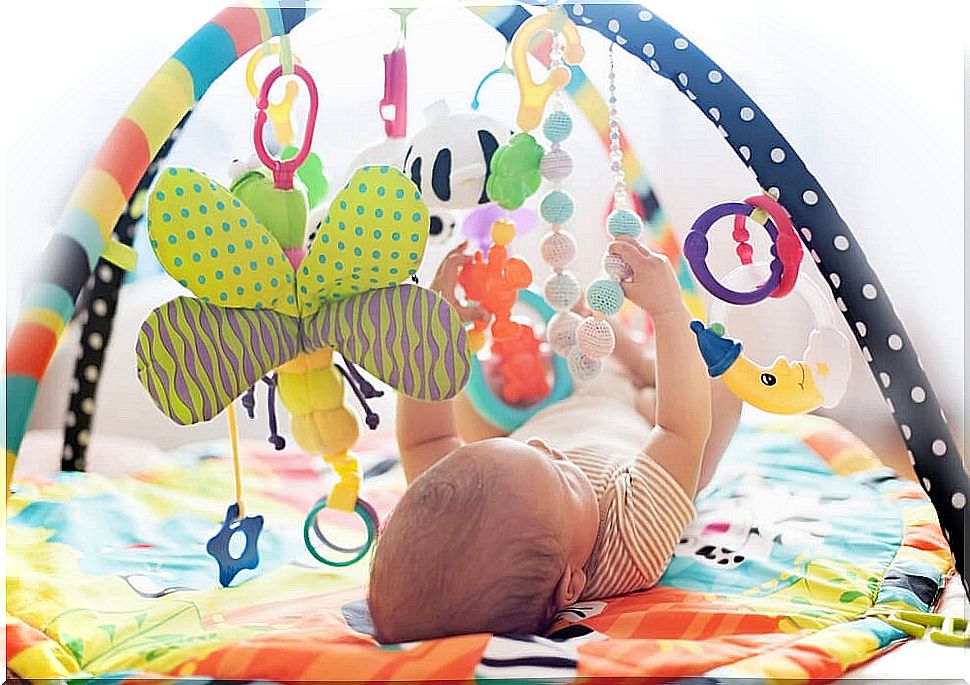
The development of the baby’s brain is conditioned by the quantity and quality of the stimuli it perceives. For this reason, it is important to stimulate the brain mechanisms of the little ones so that other areas are activated, in turn, that allow the creation of new learning. For this reason, we have prepared this article on multisensory stimulation spaces at home.
From home, experiences that provoke pleasant sensations and positive benefits for the baby can be offered. Keep in mind that there are different ways to perform multisensory stimulation, but we are going to focus on explaining some basic notions and activities.
Multisensory stimulation areas
The activities for stimulation should be carried out so that the child begins to take an interest in himself, others and the environment. It should be noted that three sensory areas are worked on in performing these types of exercises:
- Somatic: ability to feel with the whole body through the skin.
- Vestibular: system that helps ensure balance and coordinate vision.
- Vibrational: ability to feel inside our body from vibratory waves that can even be transmitted through the voice.
These three areas are the basis for a good development of the other senses and are closely related to them. From these dimensions, meaningful and structured activities can be proposed so that the child can feel his own body, develop his own identity and enter into relationship with others and with the environment that surrounds him.
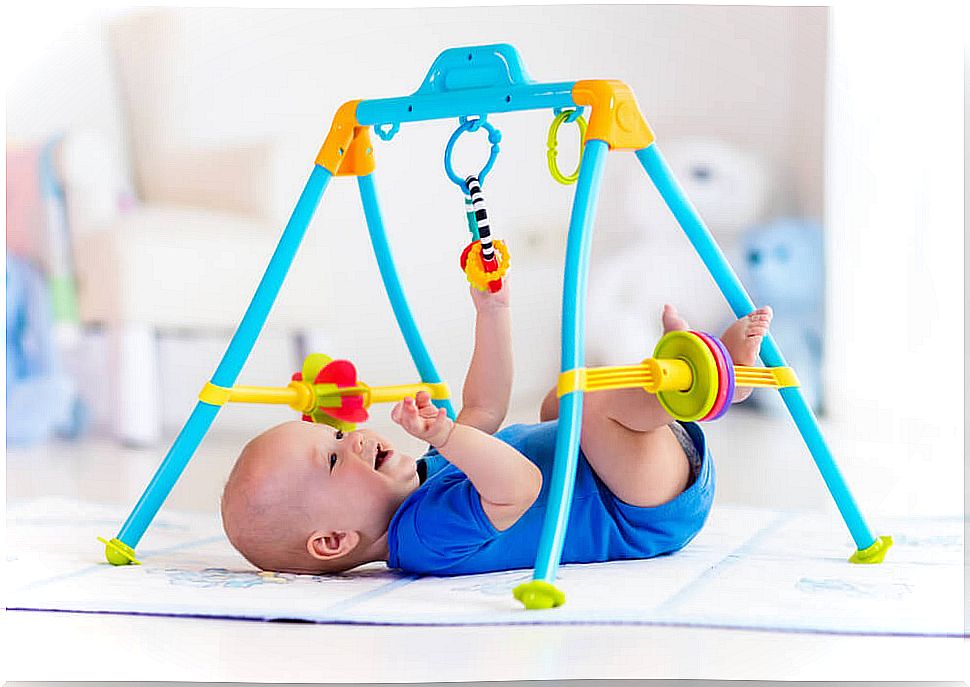
Multi-sensory stimulation spaces at home
At home you can prepare multisensory stimulation spaces with common materials and carrying out very simple activities. Some of them are exposed below, specifying the sensory area mainly stimulated.
Dry toilets
It is a somatic stimulation activity that aims to promote the integration of the body itself. To carry it out, the child must be placed naked or with the least possible clothing on a small pool or bathtub filled with some material that allows covering the child’s body. The material used can be natural, such as various legumes, pasta, rice, or artificial, such as balls or small balls.
Immersion in this type of bath provides constant feedback between movement and perception, since when the baby moves any part of the body, he can perceive it more easily thanks to the material that surrounds him.
Dry shower
It is used to stimulate the somatic area. It consists of placing the child under a table from which various materials such as fabrics, feathers, wool, garlands, balloons, etc. hang, etc.
Small bells or bells can also be put at the end of the hanging material. In this way, an acoustic-somatic response is provided to the child’s movements and prompts him to be more active.
Hammock
This activity is intended to stimulate the vestibular area. To do this, the child is placed on a fabric hammock, located at a level close to the ground.
During exercise, you should try to make the child as active as possible and participate in the mobilization of all parts of his body.
Ball with speakers
This activity serves to stimulate the vibratory area. You need a balloon with one or two speakers attached. In such a way that the child is placed on top of it, making it easier for him to perceive the vibrations transmitted by the entire surface of the ball.
Another element that facilitates vibratory work with the ball is the possibility of promoting the relationship between movement and perception, accompanying the pre-established rhythm of the vibration with light movements on the ball.
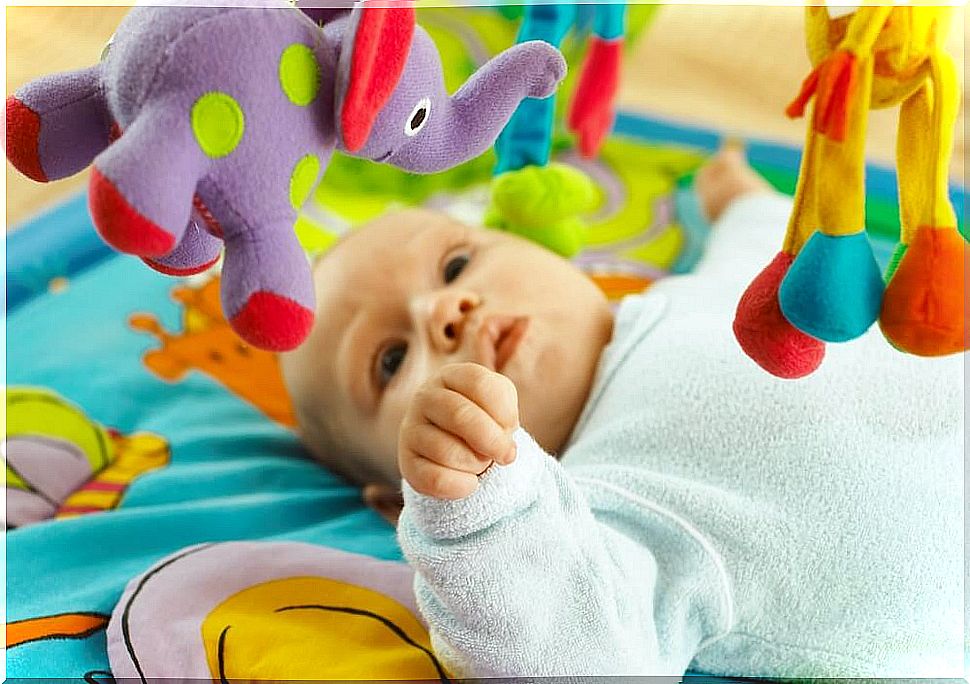
Work the 5 senses with multisensory stimulation spaces at home
In addition to the basic areas of perception, at home you can also stimulate the 5 senses by performing very simple tasks. Thus, stimulation can be carried out :
- Acoustics: through the heartbeat, variations of acoustic phenomena, use of instruments that emit sound, etc.
- Tactile-haptic: with sensitization and desensitization of the palm of the hand, boards with different sensations, textures, etc.
- Visual: with games of light, observation of black and white and color slides, etc.
- Oral: bringing objects that give sensations of cold and heat closer to the mouth, offering objects to nibble on, etc.
- Taste: making it possible to try different flavors through liquids or sponges soaked in said liquids, through the flavor of fruits, etc.
- Olfactory: bringing objects with pleasant aromas, oils, creams with odors, aromatic sacks, to the nose, among others.
Benefits of multisensory stimulation spaces at home
There are children who, due to their special needs, require an intervention carried out by specialist professionals and focused on multisensory stimulation. But they may still require extra support at home. Therefore, in these cases, it is very positive to have stimulation spaces at home.
On the other hand, these spaces are also beneficial for babies who do not have any alteration, since carrying out sensory stimulation is important to achieve a comprehensive and complete evolutionary development.




